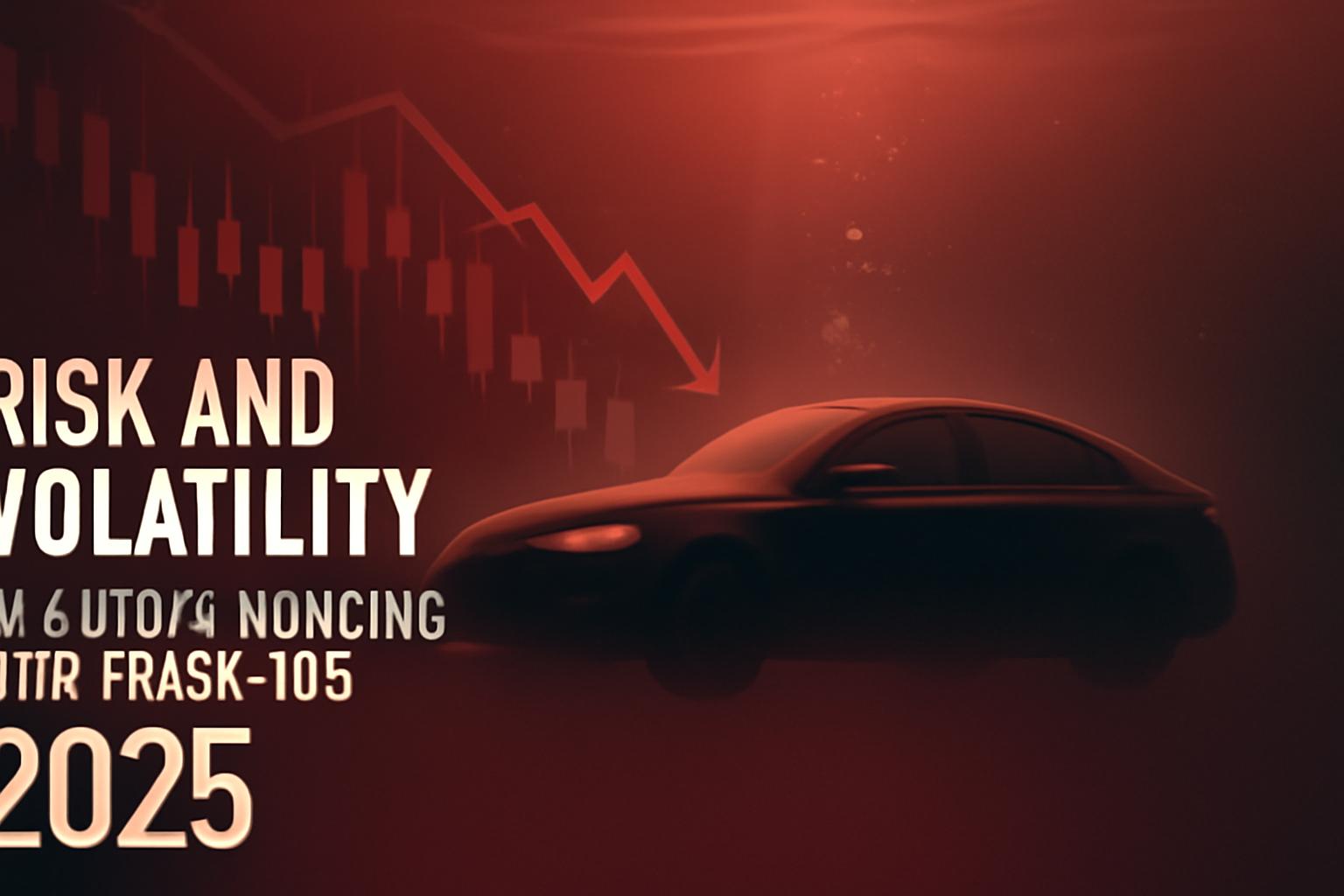Rising Negative Equity in Auto Loans Reaches Four-Year Peak
More drivers nationwide are facing the challenge of being “underwater” or “upside down” on their auto loans, meaning they owe more than their vehicle’s current value. This trend is intensifying, complicating the process of purchasing new vehicles.
According to data from Edmunds, 26.6% of trade-ins toward new car purchases in the second quarter of 2025 had negative equity. This marks a slight increase from 26.1% in the first quarter and represents the highest proportion since early 2021, when the figure peaked at 31.9%.
Significant Balances Owed on Underwater Loans
The average amount owed on upside-down loans during Q2 2025 stood at $6,754, a marginal decrease from $6,880 in the previous quarter. Ivan Drury, director of insights at Edmunds, described this as a “staggering figure,” highlighting the financial burden many drivers carry when trading in their vehicles.
Factors Contributing to Negative Equity
Being underwater on an auto loan is not uncommon due to the rapid depreciation of vehicles. Brian Moody, senior staff writer at Autotrader and Kelley Blue Book, explains that many drivers start their loan already underwater immediately after purchase. Factors exacerbating this include longer loan terms and smaller down payments.
Edmunds data reveals a growing prevalence of extended loan durations, with 84-month loans accounting for 21.6% of new auto loans in Q2 2025, up from 19.2% the previous quarter. Meanwhile, 72-month loans declined from 38.6% to 36.1% in the same period. Drury notes that lengthening loan terms is a common strategy consumers use to reduce monthly payments, despite increasing the risk of negative equity.
Risks and Challenges for Underwater Vehicle Owners
Negative equity becomes problematic primarily when drivers seek to sell or trade in their vehicles. Additionally, if a vehicle is totaled in an accident, insurance typically covers only the actual cash value, leaving owners responsible for any remaining loan balance.
Strategies for Buying a New Car with Negative Equity
Experts recommend retaining the current vehicle if possible to avoid rolling negative equity into a new loan or paying out-of-pocket. For those needing to purchase a new car, thorough preparation is essential.
Drury advises researching credit scores and obtaining pre-approvals from multiple lenders to secure favorable loan terms. Understanding the interest rates available based on one’s credit profile is critical before negotiating with dealers.
If negative equity must be rolled into a new loan, considering guaranteed asset protection (GAP) insurance is prudent. According to the Insurance Information Institute, GAP insurance covers the difference between a vehicle’s worth and the outstanding loan balance if the car is totaled. This coverage typically adds about $20 annually to insurance premiums.
FinOracleAI — Market View
The rising incidence of underwater auto loans signals growing financial strain for consumers in the vehicle market, potentially dampening new car sales or pushing buyers toward longer loan terms and higher debt loads. Lenders’ increased exposure to negative equity could elevate credit risk, while demand for gap insurance may rise.
Market participants should monitor loan term trends and credit quality closely, as well as shifts in vehicle pricing and depreciation rates. The persistence of high negative equity levels poses risks to both consumers and lenders, warranting cautious credit underwriting and consumer education.
Impact: negative













